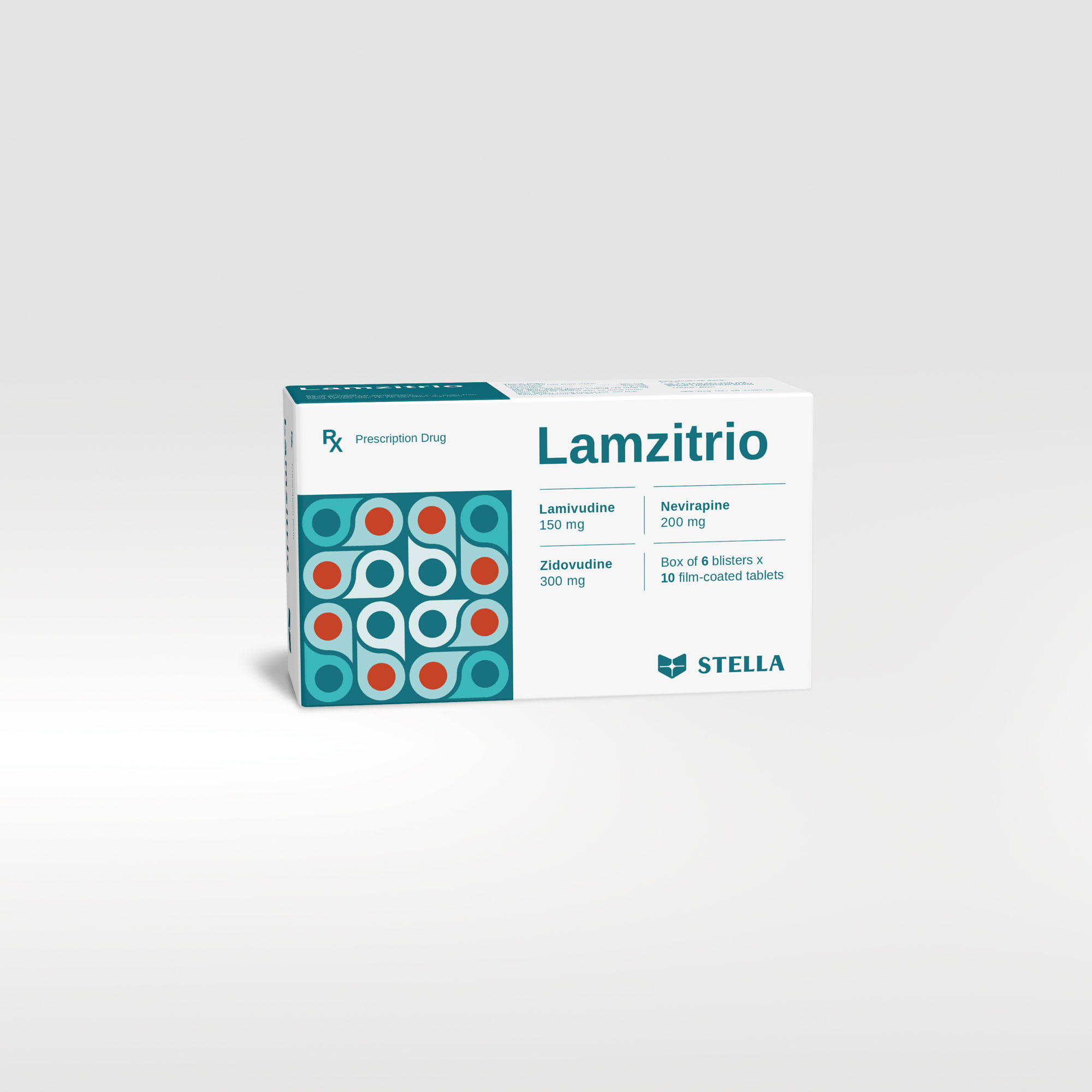Should investigate:
- Adverse skin reactions and hepatotoxicity during the first 18 weeks of treatment; extra vigilance is advised during the first 6 weeks of treatment.
- Blood lipids and glucose.
- Liver function tests and markers of HBV replication in patients discontinued Lamzitrio and co-infected with hepatitis B virus.
- Liver transaminases if the patient experiences signs or symptoms suggestive of liver toxicity (e.g. anorexia, nausea, jaundice, bilirubinuria, acholic stools, hepatomegaly or liver tenderness).
Use with caution in:
- Patients with anaemia or bone-marrow suppression.
- Patients with moderate hepatic impairment.
- Patients with hepatomegaly or other known risk factors for liver disease.
- Patients with high CD4+ cell counts (greater than 250 cells/microlitre in women or 400 cells/microlitre in men), as well as patients co-infected with chronic hepatitis B or C are at increased risk of hepatotoxicity.
Treatment should be discontinued in case of:
- Signs/ symptoms or laboratory abnormalities suggestive of pancreatitis occur.
- Develop abdominal pain, nausea, or vomiting or with abnormal biochemical test results until pancreatitis has been excluded.
- A rapid increase in aminotransferase concentrations, progressive hepatomegaly, or metabolic or lactic acidosis of unknown aetiology.
- A severe rash, rash accompanied by constitutional symptoms (such as fever, blistering, oral lesions, conjunctivitis, facial oedema, muscle or joint aches, or general malaise), hypersensitivity reactions, or clinical hepatitis.
Osteonecrosis: Patients should be advised to seek medical advice if they experience joint aches and pain, joint stiffness or difficulty in movement.
Immune reactivation syndrome: Inflammatory symptoms should be evaluated and treatment instituted when necessary.
Lamzitrio should be used during pregnancy only if the potential benefit justifies the potential risk. HIV infected mothers should be instructed not to breastfeed.
Patients should be aware of how they react to drug before driving or operating machinery.










